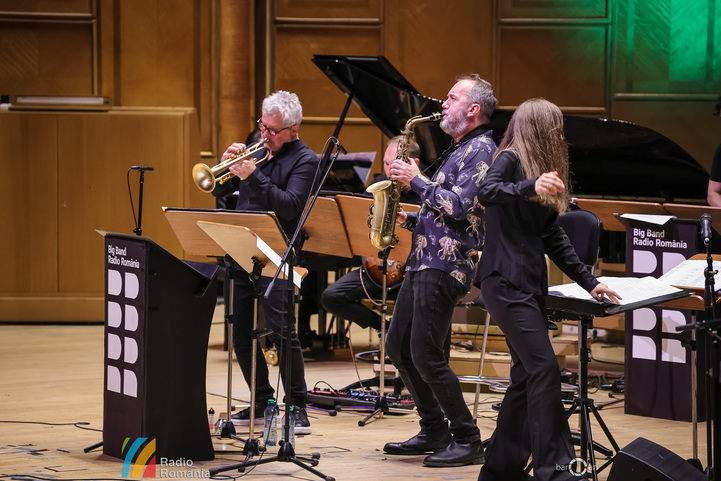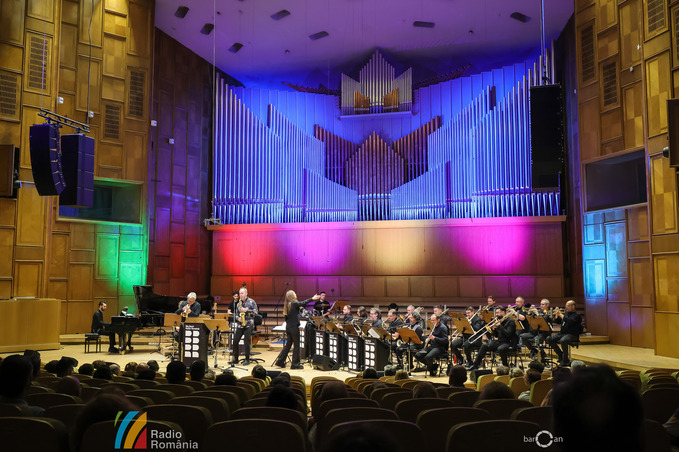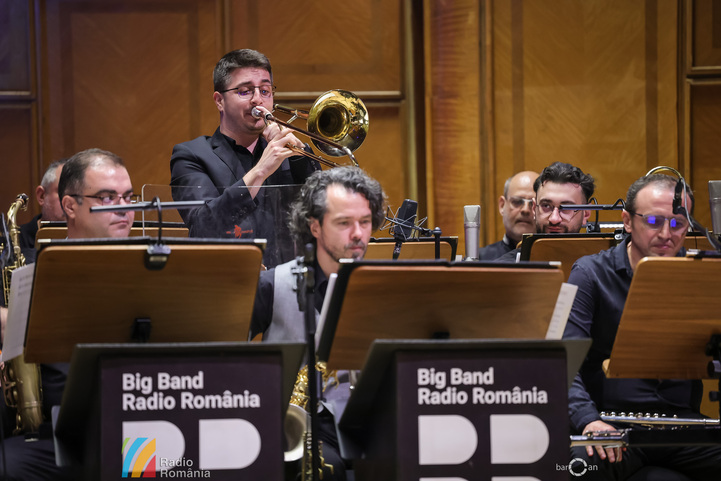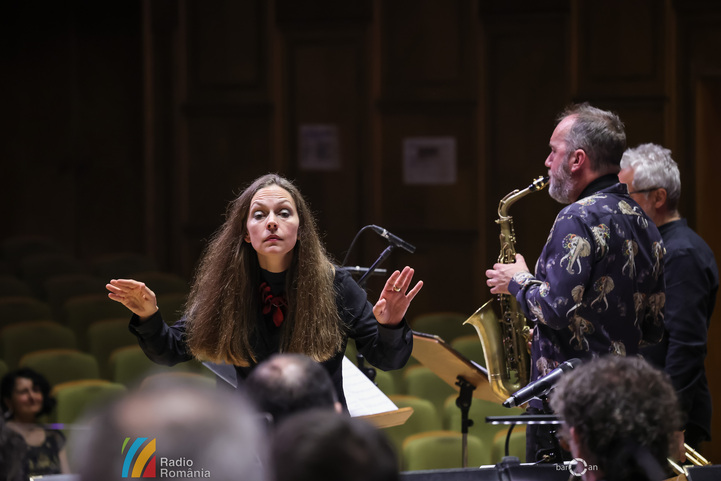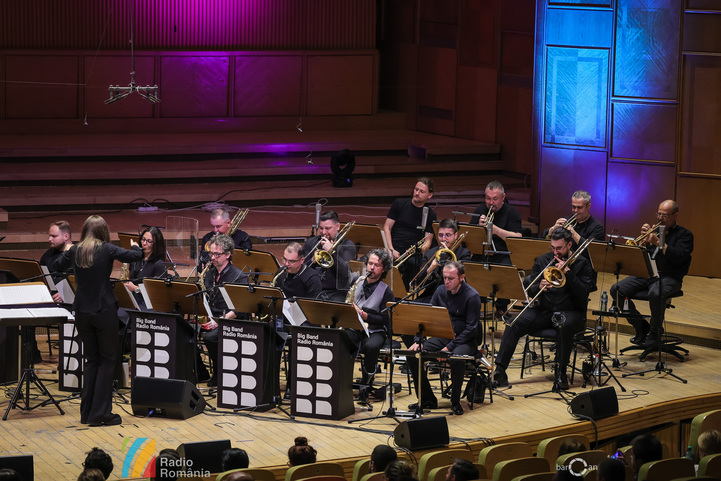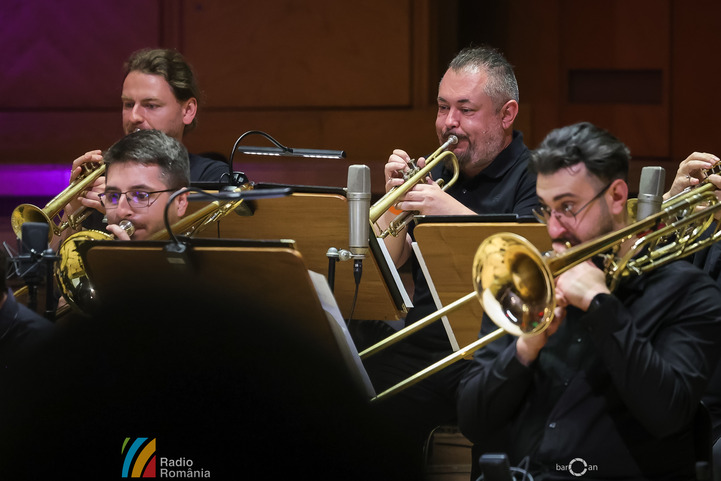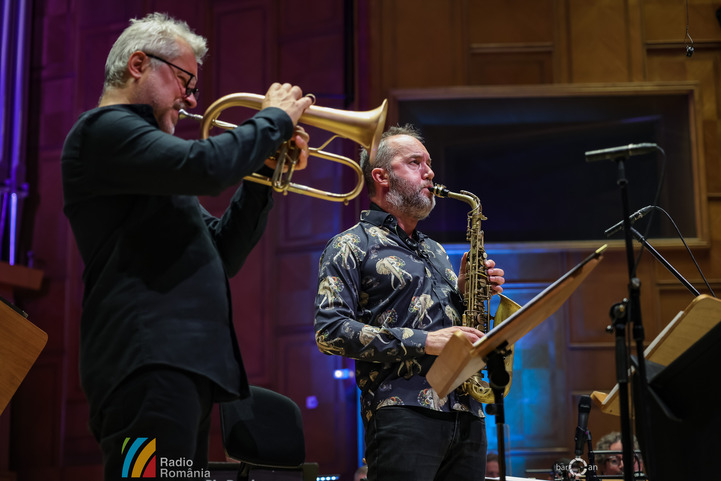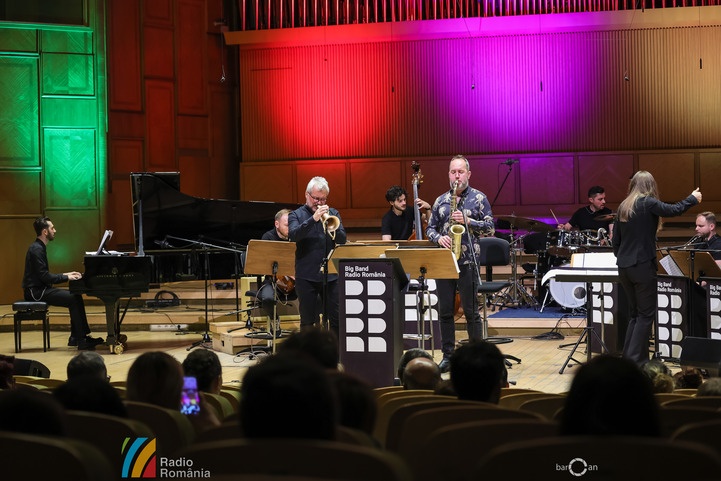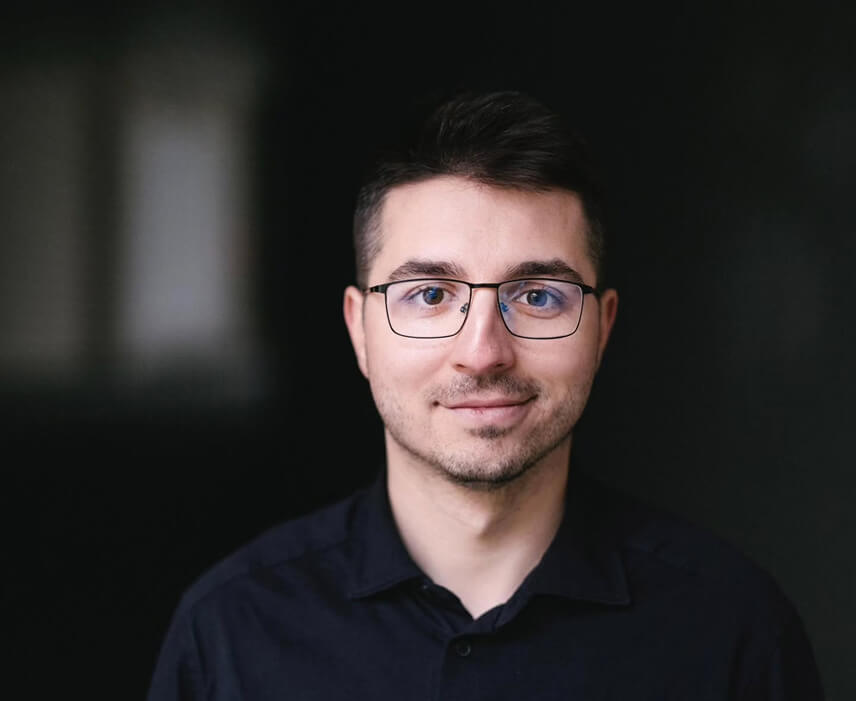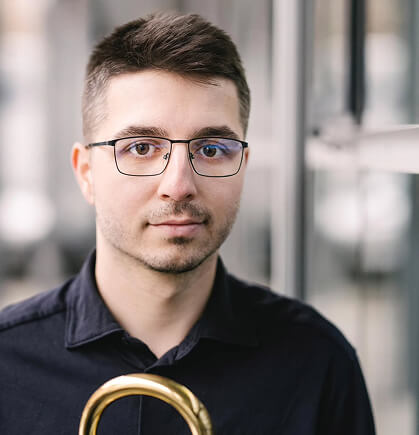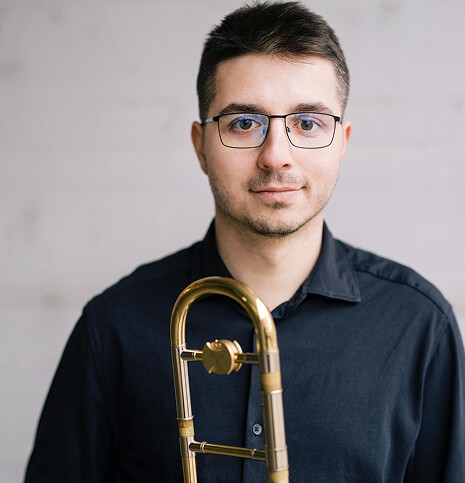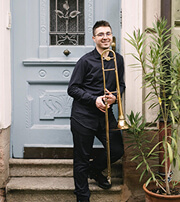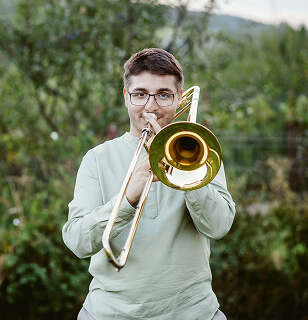Recently, I had the pleasure of participating as a trombonist in an extraordinary project with the Romanian Radio Big Band led by conductor Simona Strungaru, titled “Contemporary Jazz Masters #1,” alongside renowned figures in contemporary jazz: Will Vinson and Alex Sipiagin.
First Collaboration as a Trombonist
Joining this elite ensemble, known for its refinement and versatility, was a formative experience. The mood in the rehearsal room was great, fueled by a group of musicians who knew their roles so well.
Musical Dialogue with the Masters
Working with Will Vinson and Alex Sipiagin was a true musical dialogue. Their innovative phrasing and sophisticated use of harmonies added complexity and surprise to each interpretative moment. I was deeply impressed by how they integrated advanced improvisation techniques within the big band structure.
The Contribution of the Arrangers
Misha Tsiganov, Miho Hazama, Florian Ross, and Tim Garland contributed significantly to this project. Their arrangements enriched the musical textures with complex voicings and surprising modulations. Each piece was a masterpiece of balance between innovation and tradition, allowing each musician to shine within a broad sonic palette.
Technical and Interpretative Challenges
Participating in such a project involved challenges, from technical demands of the pieces to adapting the trombone’s tone within a complex arrangement. It was essential to maintain attack consistency and intonation while ensuring expressive integration within the brass section.
Impact and Perspectives
This collaboration opened new horizons for me, providing opportunities to explore advanced voicing concepts and deepen my understanding of polymetric techniques. It was a catalyst that sparked an even greater interest in contemporary jazz composition and interpretation.
“Contemporary Jazz Masters #1” was a project that showcased the ingenuity and virtuosity of the contemporary jazz scene, emphasizing the importance of collaboration and innovation in the field. I look forward to future challenges and opportunities to further explore the musical language of modern jazz.

